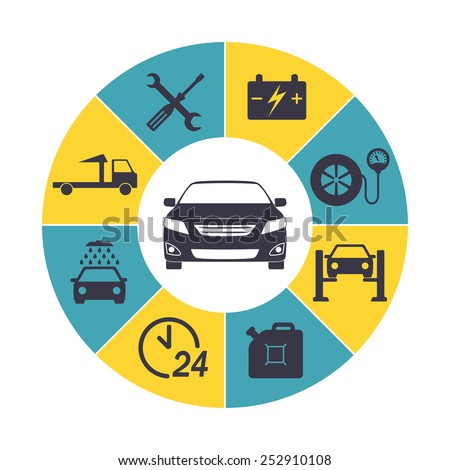Intend To Learn More About The Warning Lights On Your Dashboard? Uncover What They Show Regarding Your Automobile'S Health And Wellness
Intend To Learn More About The Warning Lights On Your Dashboard? Uncover What They Show Regarding Your Automobile'S Health And Wellness
Blog Article
Content By-Termansen Gilbert
When you're behind the wheel, those beautiful caution lights on your control panel can be a little bit puzzling. Do you understand what they're attempting to inform you about your car's wellness? Recognizing the relevance of these lights is important for your security and the longevity of your car. So, relevant resource site following time one of those lights appears, would not you wish to analyze its message properly and take the necessary steps to address it?
Common Warning Lighting and Interpretations
Identify usual caution lights in your auto and understand their meanings to ensure safe driving.
One of the most common caution lights consist of the check engine light, which indicates concerns with the engine or emissions system. If this light comes on, it's vital to have your automobile inspected quickly.
The oil pressure advising light indicates reduced oil pressure, needing immediate focus to avoid engine damages.
A flashing battery light might recommend a malfunctioning billing system, possibly leaving you stranded if not attended to.
The tire pressure monitoring system (TPMS) light informs you to reduced tire stress, influencing automobile stability and fuel efficiency. Disregarding this can cause dangerous driving conditions.
The abdominal muscle light indicates a trouble with the anti-lock braking system, endangering your capacity to quit promptly in emergencies.
Finally, the coolant temperature level cautioning light warns of engine getting too hot, which can cause serious damage if not resolved swiftly.
Recognizing these usual caution lights will certainly aid you attend to concerns without delay and keep secure driving problems.
Value of Prompt Interest
Comprehending the common caution lights in your automobile is just the very first step; the relevance of promptly dealing with these cautions can not be stressed sufficient to ensure your safety and security on the road.
When a warning light illuminates on your dashboard, it's your automobile's method of communicating a prospective issue that requires focus. Neglecting these warnings can result in a lot more severe problems down the road, compromising your safety and potentially costing you extra in repairs.
Motivate attention to warning lights can protect against malfunctions and crashes. As https://brake-repair-near-me05050.ziblogs.com/31300738/professional-insights-a-discussion-with-a-vehicle-detailing-specialist-on-optimal-methods , a flashing check engine light can suggest a misfire that, if left unattended, could create damages to the catalytic converter. Addressing this quickly can save you from a pricey repair.
Likewise, https://best-oil-change-near-me40617.fare-blog.com/31328046/get-set-for-a-complete-examination-right-into-the-remarkable-vehicle-repair-shops-that-will-innovate-your-car-upkeep-strategy alerting light could indicate reduced brake liquid or worn brake pads, crucial elements for your security when driving.
DIY Troubleshooting Tips
If you observe a warning light on your dashboard, there are a few do it yourself troubleshooting suggestions you can try before looking for specialist aid.
The primary step is to consult your car's guidebook to comprehend what the specific caution light indicates. Often the concern can be as basic as a loosened gas cap activating the check engine light. Tightening up the gas cap might resolve the problem.
An additional common issue is a low battery, which can activate different cautioning lights. Examining the battery connections for corrosion and guaranteeing they're protected may repair the issue.
If a caution light continues, you can attempt resetting it by detaching the vehicle's battery for a few minutes and afterwards reconnecting it. In addition, inspecting your vehicle's liquid degrees, such as oil, coolant, and brake fluid, can aid repair advising lights associated with these systems.
Conclusion
To conclude, recognizing your car's caution lights is vital for maintaining your automobile running smoothly and safely. By immediately dealing with these notifies and recognizing what they suggest, you can stay clear of pricey fixings and possible breakdowns.
Remember to consult your vehicle's handbook for specific information on each advising light and take action accordingly to guarantee a hassle-free driving experience.
Stay notified, stay risk-free on the road!
